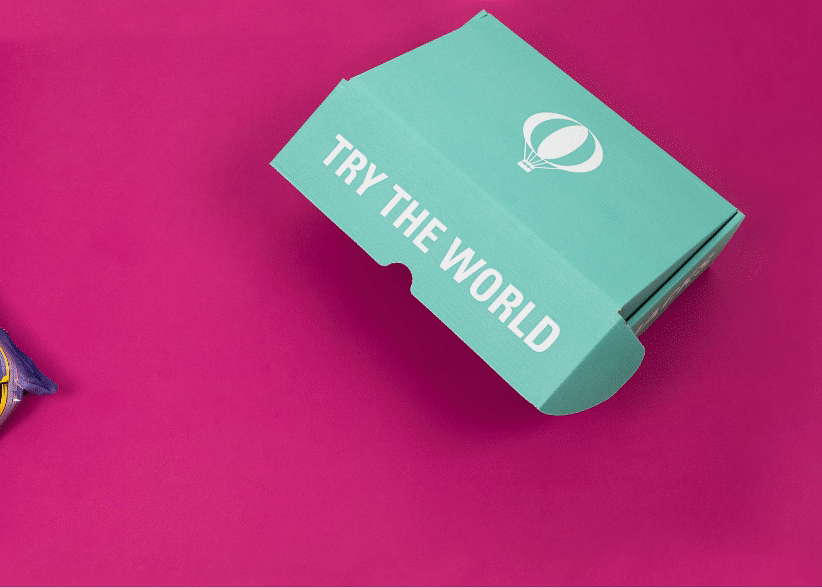The Charles Antona jam from the France Box is so much more than a simple fruit spread for breakfast toast. It’s a symbol of Corsican expertise and culinary know-how. Read on to learn about how the company’s founder first created the recipes—and participated in the transformation of the agricultural industry of this picturesque island.
Charles Antona makes one of the best-known jams in Corsica, in part thanks to the change the company helped initiate within the agricultural industry there. What was the food climate of Corsica like prior to Charles Antona’s inception?
Several years ago, most fruit products sold in Corsica were not locally manufactured. Almost everything was imported, so agriculture became a smaller and smaller part of the local industry, especially as farmers abandoned their orchards or stopped looking after them. Then in the 90s, in interest in locally grown foods suddenly emerged. Many farmers replanted in their old orchards and sought higher-quality plants, including heritage varieties that hadn’t been popular up until this point. It’s thanks to this sudden surge of local agriculture that Corsica began producing not only local products, but also innovative and inventive products!
What an incredible transformation. What part did M. Antona play in this change?
The company was founded in 1991, right in the beginning. M. Antona’s idea was to make Corsican foods using local ingredients and know-how, but to update the classics to the modern palate. For him, it was all about producing the same quality craftsmanship and celebrating the locally-grown Corsican agriculture that had been there for generations, but with a fresher take to suit the tastes of people today.
So in the very beginning, the recipes were taken from Mr. Antona’s grandmother, and as time went on, other traditional Corsican recipes influenced it, as well as those developed by local artisans and chefs. All of the products are artisanal and inspired by those surrounding Mr. Antona and are very reflective of the place the ingredients come from.
M. Antona works with local farmers to source fruit for his jams. What kind of farmers does he work with?
Most of the fruit is bought—or harvested, because some of our fruit is wild. We’ve worked with many of our suppliers for years and years, and they’ve helped us develop our orchards. For example, many years ago, the cedrat was disappearing. The cedrat is a Mediterranean citrus fruit similar to a lemon that was typically transformed into an excellent liqueur. In the 90s, the cedrat gained popularity again, and we found new ways to use it aside from liqueur. So we encouraged many people to preserve—or replant—their cedrat orchards, and these jams are now sold year round.
So what is it about Corsican jams that makes them so special?
There are definitely some differences from those made in France, but not very many actually. France and Corsica are Mediterranean neighbors that work with much of the same raw materials and basic recipes. Any jam, at its core, is made of fruit and sugar. Sugar is usually imported, so it’s the fruit that really differentiates them.
At Charles Antona, our recipe is very classic, but slightly adapted, and we blend fruit together to create different, more unique flavors. For example, we have a classic clementine jam, and one year, we decided to mix it with strawberry, and it was a huge success! So we like to work with the classics, but then tailor them in a unique way.
Note: This interview was translated from French.






